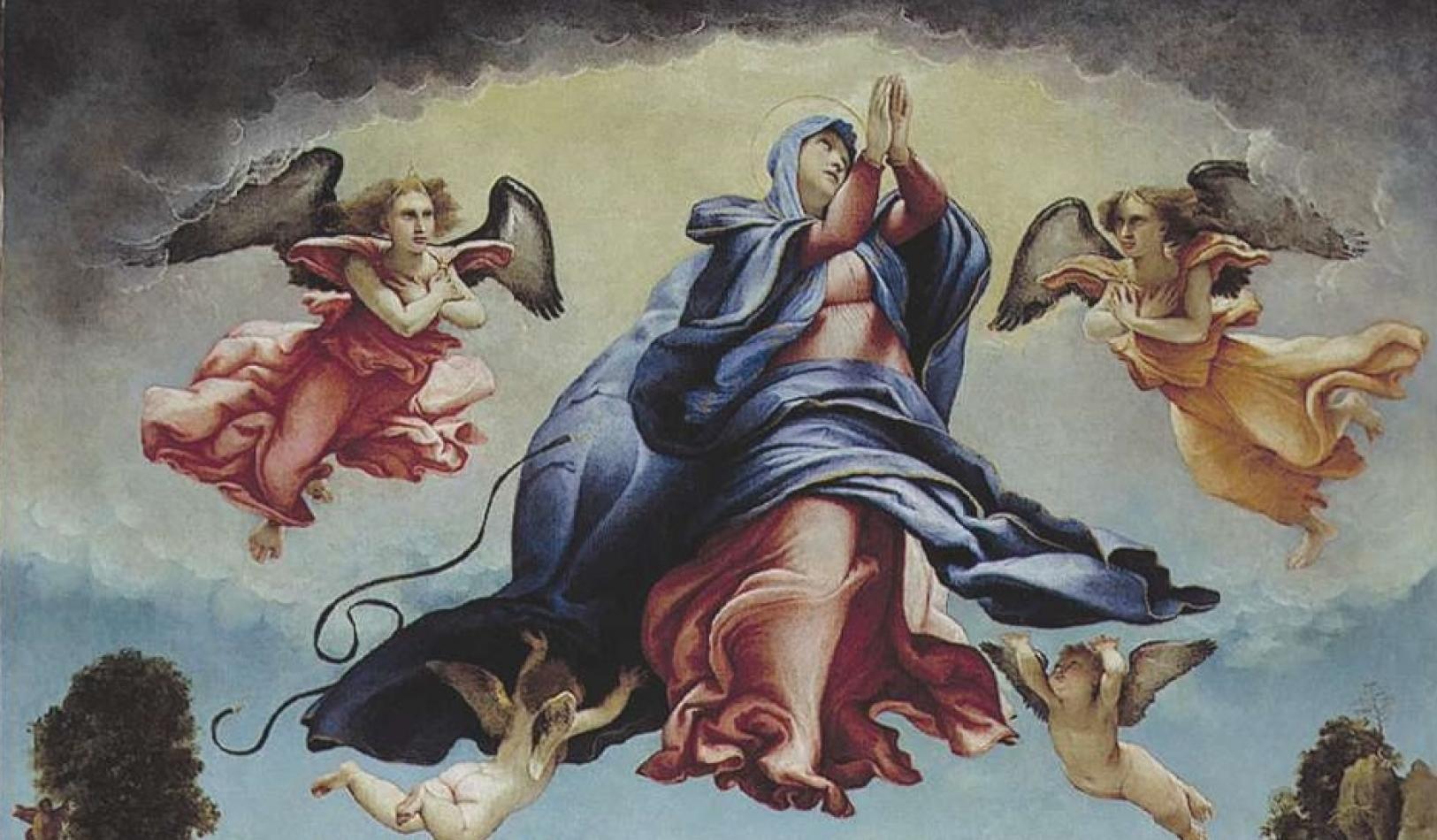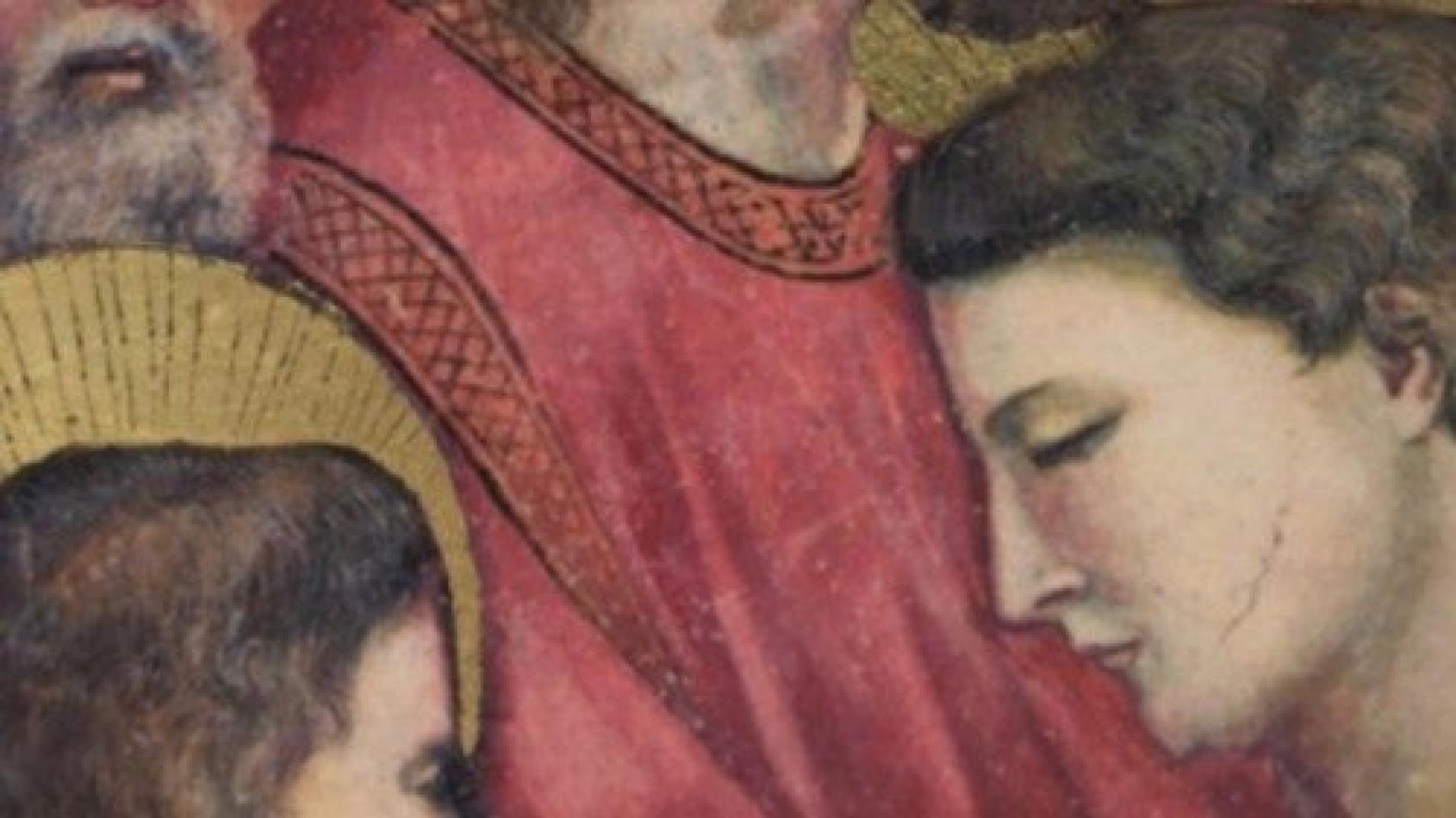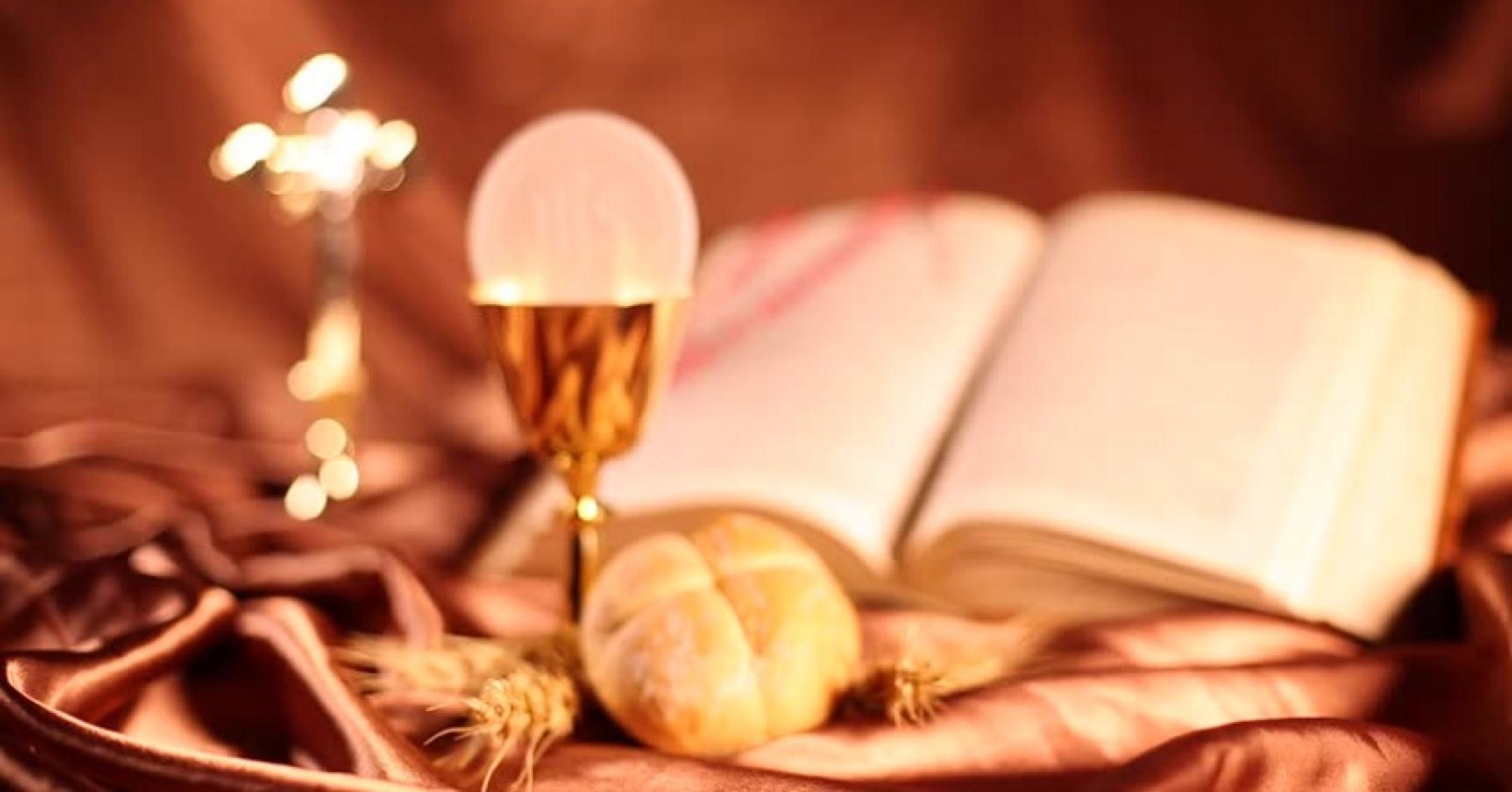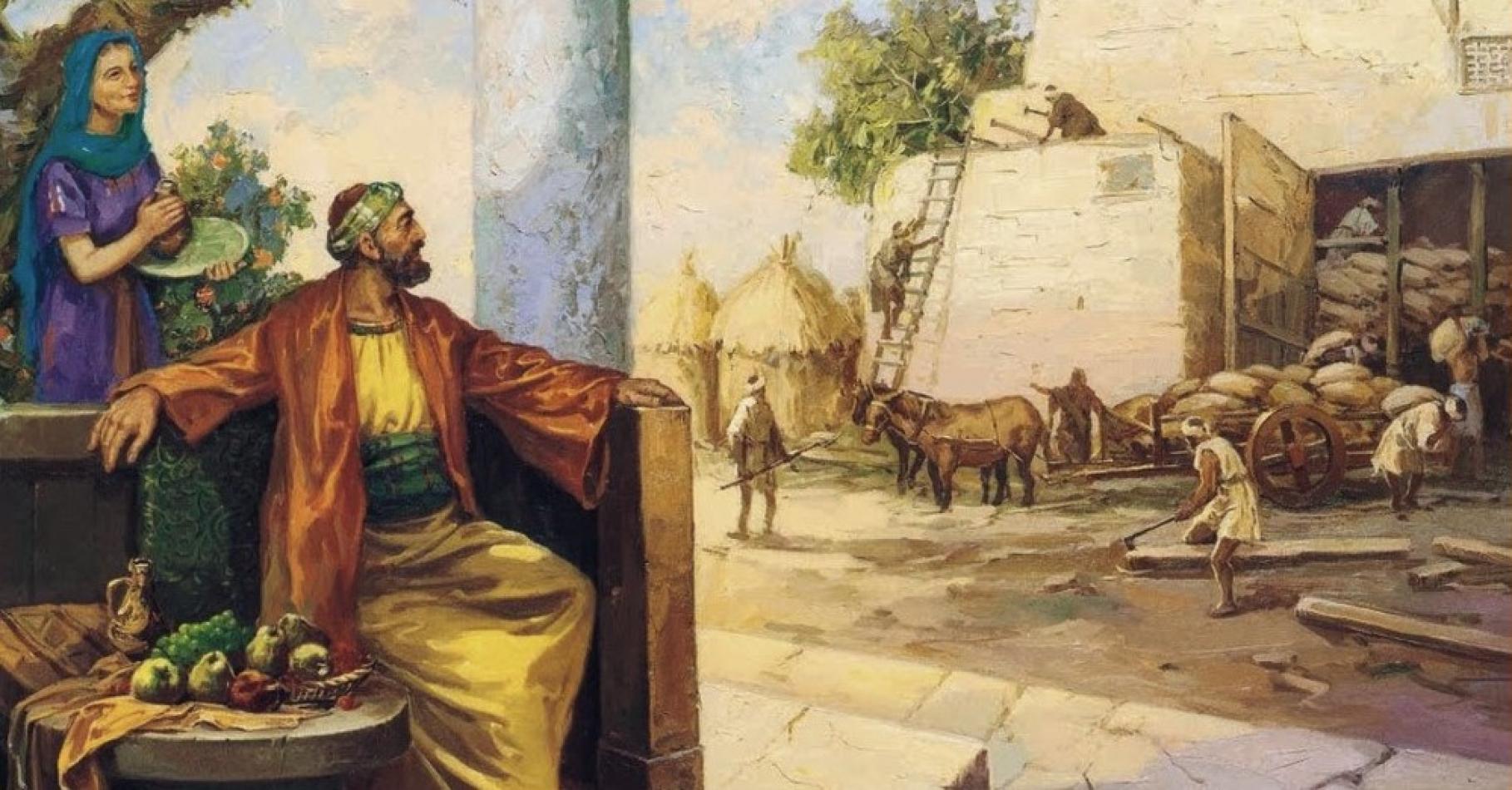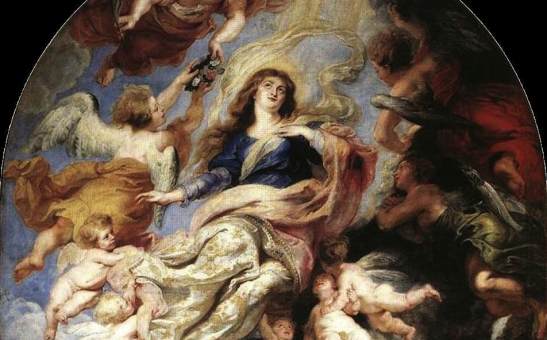Daniel Comboni
Comboni Missionaries
Institutional area
Other links
Newsletter
The Assumption is not an easy dogma to understand since it concerns mysteries beyond the full comprehension of mortal men. In short, it refers to Our Lady being taken up, body and soul, into heavenly glory at the end of her earthly life to reign as Queen. Free from the stain of Original Sin, Mary is not only spared the corruption of the grave but is also invested with a glorious resurrected body ahead of the Second Coming.
The Assumption of the Blessed Virgin Mary has always been a teaching within the tradition of the Catholic Church and the Orthodox Church, which refers to it as the Dormition.
In 1950, Pope Pius XII exercised papal infallibility to declare the Assumption as part of the deposit of faith and he defined the dogma in Munificentissimus Deus, an encyclical issued that year.
The Assumption is not an easy dogma to understand since it concerns mysteries beyond the full comprehension of mortal men. In short, it refers to Our Lady being taken up, body and soul, into heavenly glory at the end of her earthly life to reign as Queen. Free from the stain of Original Sin, Mary is not only spared the corruption of the grave but is also invested with a glorious resurrected body ahead of the Second Coming.
St Augustine of Hippo remarked that “on no point does the Christian faith encounter more opposition than the resurrection of the body”, even that of Christ’s. Yet through the dogma of the Assumption the Church confidently proclaims both the singular participation of the Virgin Mary in the Resurrection of her Son, and the anticipation of the resurrection of all the faithful at the end of time.
The Catholic Herald

